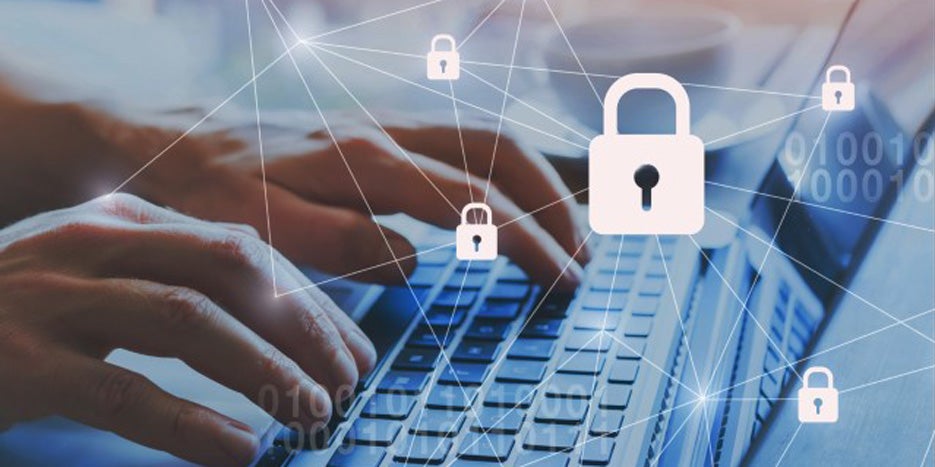The Basics of School Fleet Management
Your district depends on your vehicles. Every day, your staff and students rely on your fleet to safely transport them across the community. Even a minor auto incident can have serious consequences: it can derail your bus route schedules, cause thousands of dollars in expenses, and even injure your staff and students in worst case scenarios. You can mitigate these risks by committing to responsible fleet management that protects your vehicles and keeps them in the best possible condition.
Fleet management is more than simply knowing how many buses you own. It’s a dynamic process that includes regular maintenance, proactive policies, secured facilities, and legal compliance. Make a meaningful difference in your organization by following these basics of managing your fleet.
Track your inventory
Keeping a complete vehicle inventory is the first step of effective fleet management. It provides the framework you need to manage and maintain all your district’s buses, trucks, and cars.
Your inventory should list all vehicles owned by your organization and include details such as their make, model, year, and the individuals or departments responsible for them. It should also include each vehicle’s repair info, such as when it was last serviced, so you can always keep up your preventative maintenance plans. Keeping an updated inventory of your vehicles can yield numerous benefits:
- You can quickly determine which vehicles need their scheduled maintenance.
- Your auto claims may get resolved quicker with a thorough inventory.
- It helps you stick to your budget and avoid unnecessary expenses. By keeping your inventory up to date, you can find out exactly how many parts and items you need to purchase for your vehicles and never order more than you need.
- Thorough documentation may help with insurance coverage eligibility. If any of your vehicles get damaged, your inventory can prove to your auto carrier that the impacted vehicle is district property and thus eligible for coverage. A complete inventory also makes it easier for carriers to provide accurate estimates for contribution or premium costs.
Inventory management doesn’t have to be a time-consuming process. Members of the TASB Risk Management Fund can use the online platform from Kroll Reporting, a leader in the valuation field, to easily create and update inventories of their vehicles and property.
Stay on top of preventative maintenance
You can’t afford to let a single vehicle fall out of commission. Preventative maintenance (PM) plans help you give your vehicles the service they need before they can get seriously damaged. It’s a simple concept: consistent maintenance can keep expensive breakdowns from occurring altogether. With the time and money that you save by avoiding costly repairs, it doesn’t take long for PM plans to truly pay for themselves.
An effective PM plan is a matter of checking your manufacturer manuals and scheduling work orders accordingly. Each vehicle’s manual should have a “Scheduled Maintenance” section, which includes recommended services to perform on your vehicle for normal wear and tear. For example, a manual may tell you to change your truck’s oil once every six months, or that you should switch out your engine coolant after 100,000 miles on the road. Remember that only trained mechanics should work on your buses and other vehicles. If necessary, you should turn to your qualified local dealerships or mechanic shops for more help.
Always document the services you perform for your vehicles. It’s easier to maintain a consistent PM schedule when you keep a record of your repairs and maintenance. Written documentation is also crucial for coverage purposes, since your auto carrier may be unable to help repair your vehicles if you can’t show that you took care of them before they got damaged.
Screen your drivers and develop safe policies
Only authorized individuals should get behind the wheel of your district’s vehicles. Untrained or irresponsible drivers risk damaging your vehicles or, worse yet, endangering any passengers. Screening your drivers can help prevent such avoidable accidents. While safe driving is especially important for bus drivers, it’s critical for every one of your motorists, no matter their vehicle.
You can set a standard for driver conduct in your organization by implementing an official driver policy, which defines who is and is not eligible to drive your vehicles. Your district should have a required driver training program that all prospective drivers must complete before operating any school vehicles. Additionally, don’t forget to check each driver’s motor vehicle record before allowing them behind the wheel to see if they have any history of dangerous behavior. You can get started with a customizable driver policy draft from the Fund, available from your Risk Solutions Consultant by request.
Perform pre- and post-trip inspections whenever your vehicles are driven. Check to make sure that the vehicle is ready for the road, and when it returns, see how its current condition compares so you can trace any damages that occurred on its journey. Inspecting your vehicles requires accountability; you can’t always expect your staff to report themselves each time they get on the road, so it’s important to hold each employee responsible.
Secure your facility
Your vehicles should stay safe when they’re off the road just as much as when they’re in service. Weather damage and unwanted visitors can both wreak havoc on your fleet when it’s exposed to the elements, so you can protect it by securing your storage facilities.
Your buses and other vehicles should be kept in a sheltered space, such as a garage or awning-covered area. Strong surrounding fences and a lock-protected gate can help maximize security and limit access to authorized individuals only. Since vehicle maintenance work is often done early in the morning or late at night while the vehicles are not in use, storage facilities need sufficient interior lighting so work can be done efficiently. Each vehicle’s keys should never be left inside the vehicle; instead, they should be secured in a safe place where only approved people can use them.
Stay in compliance
Keeping your vehicles in good condition is more than a smart idea—in some cases, it’s the law. School buses are the most regulated vehicles on the road, and for good reason. Child passengers deserve complete security when being transported to and from school. All your buses must comply with the specifications laid out by the Texas Department of Public Safety, which regulates factors such as the bus’s functionalities and items. When looking to add a new bus to your fleet, always ensure that it ticks off every box of the official School Bus Purchaser Pre-Service Checklist before putting it into service.
If you are uncertain whether your bus meets state requirements, check the purchase year. All buses must meet or exceed the legal specifications that are current at the time of their purchase. It’s especially critical to verify this info if you bought a pre-owned bus: even if the bus’s specifications were compliant when it was manufactured, the bus may not comply with the current regulations.
If your bus does not comply with current specifications, you run the risk of not being covered by your auto carrier. The Fund’s Auto coverage agreement, for example, will not cover damages that come to “any Automobile in violation of any state or federal law or regulation specifically addressing safety in the transportation of students.” If you have any doubts about whether your bus is compliant or not, check with a qualified local mechanic who can examine and explain the current specifications to you and help you meet them.
Marketing Consultants
Our marketing team serves as the first point of contact with members, collaborating with subject matter experts across TASB to meet your risk management needs.
Risk Solutions Team
Let our risk solutions consultants help you with your training, loss prevention services, and educational material needs.
Risk Solutions Staff
The TASB risk solutions team includes risk solutions consultants and communications professionals who deliver training, consultations, articles, and resources that help Fund members control losses and their associated costs.
You May Also Like…
View All Related Insights
Want to Worry Less About Data Breaches?
The accidental release of sensitive information can tarnish your organization’s reputation. Data loss prevention tools help ensure that when employees make mistakes, technology has your back.

Protect Your Fleet With a Preventative Maintenance Plan
If you want to protect your vehicles and their passengers, you need an effective preventative maintenance plan.

Fund Coverage 101: Intro to Cybersecurity Claims
Cybercrime is big business, and schools are tempting targets. Fund Privacy and Information Security coverage pays for covered claims, including incident response when appropriate.

Breaking Down Entry Level Driver Training Requirements
Federal entry level driver training requirements apply to CDL holders, including bus drivers. Do these four things to help your schools comply.
